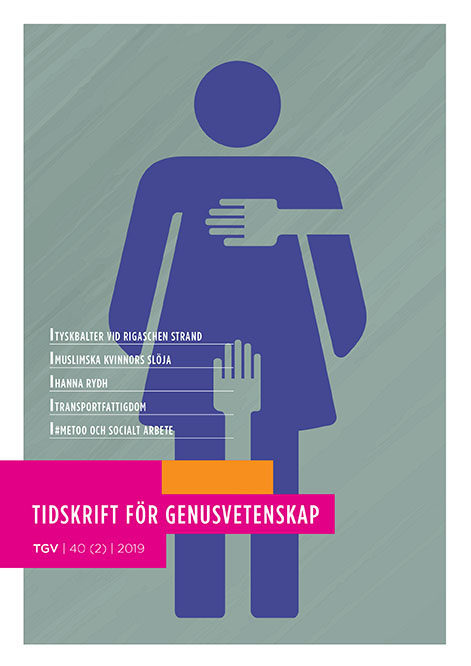Utsatt på arbetsmarknaden och beroende av kollektivtrafiken
Transportfattigdom i ett svenskt sammanhang
DOI:
https://doi.org/10.55870/tgv.v40i2.2689Nyckelord:
Transportfattigdom, genus, mobilitet, arbetsresa, pendling, kollektivtrafik, tidsgeografiAbstract
Being able to get to work or other daily activities is one of the most crucial factors in avoiding exclusion. The Swedish planning model has been characterized by a tradition of supplying cities, suburbs and surroundings with good access to service, housing and transport. At the same time, demands are made for longer commuting distances and it is crucial that public transport deliver accessible routes. The purpose of this article is to provide insight into how employees at a retirement home reason about the trip to and from work and what impact a defective public transport system has on their work and everyday life. To a large extent, the employees are dependent on public transport because they do not have access to a car or a driving license. The analysis is based on eight qualitative interviews. A time-geographical approach is used to draw attention to how the interaction between infrastructure, geography, time, urban planning, and corporal aspects shape the work journey. The study shows that deficient public transport means that employees who are dependent on public transport are forced to spend much of their day traveling. The interaction between geographical and spatial aspects and the employees’ bodily and emotional boundaries creates an image of a vulnerability that is specifically linked to transport. It is an example of transport poverty in a Swedish context. The study contributes to questioning the image of commuting as a consequence of individuals’ strategic choices in an increasingly geographically extended labor market.
Nedladdningar
Downloads
Publicerad
Nummer
Sektion
Licens
Författaren/författarna behåller copyright till verket.





